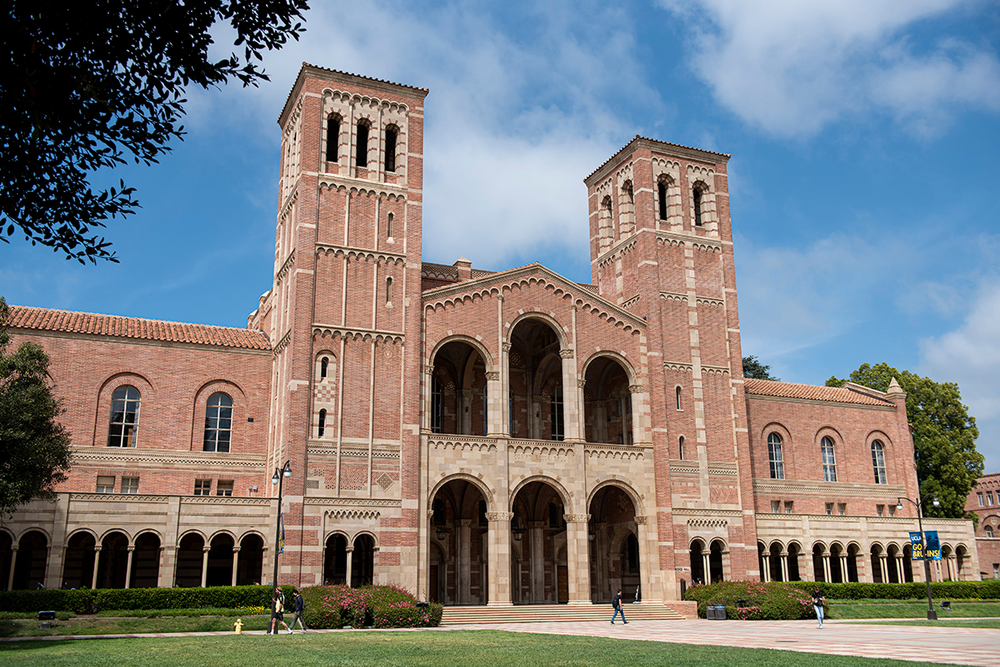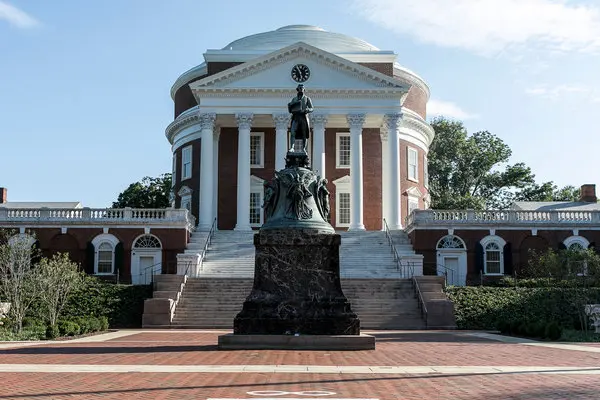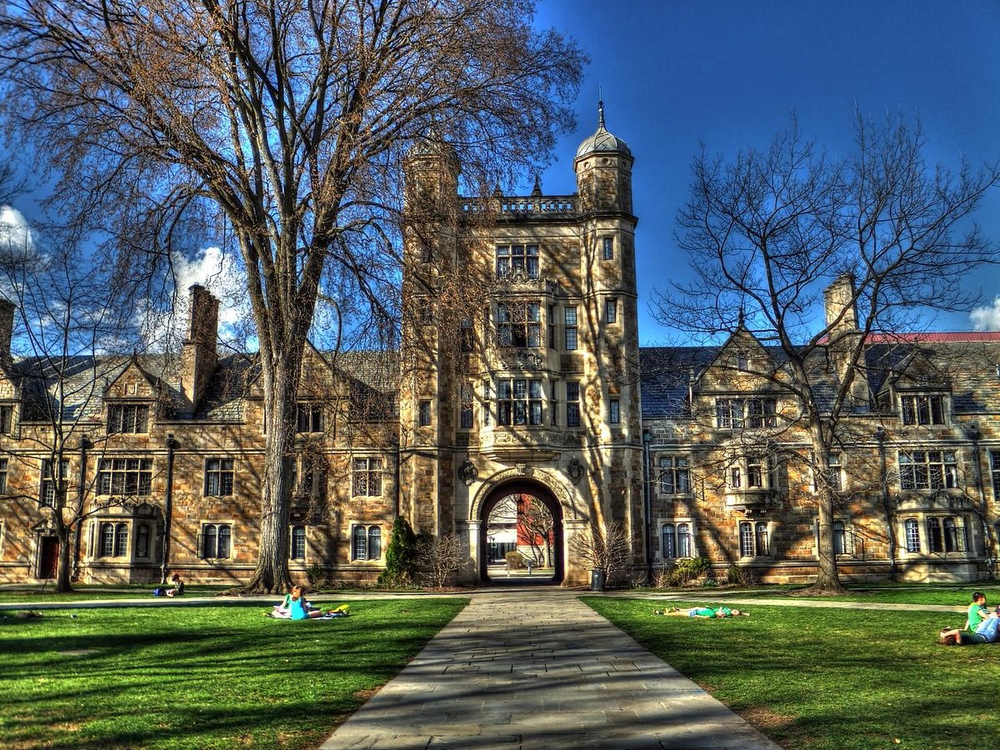Applying to a state school as an out-of-state student can be confusing. Are you at a disadvantage for admissions? Is tuition more expensive? Read more to find out.

The United States is full of high-quality public universities. These schools, also called “state schools,” are funded and operated by their state governments, and, as such, often give in-state residents certain advantages and incentives to apply and attend. However, many state schools are appealing to out-of-state students due to their high quality of education and relatively lower tuition cost compared to private colleges.
The ,University of California schools, ,University of Virginia, ,University of Michigan (Ann Arbor), and ,University of North Carolina Chapel Hill, in particular, are popular choices for students from around the country. To see a list of the top-ranked public universities in the U.S., check out the ,U.S. News and World Report listing. Read on to learn more about important tuition and application considerations for students applying to a public university from out of state.
Tuition Considerations:
It’s true that state schools generally offer lower tuition for in-state students and require each student to prove their state of residency upon enrollment. However, out-of-state students could have a chance of receiving in-state tuition through agreements between certain states. There are four regional consortiums of states that allow students to qualify for in-state tuition within that region: the New England Regional Student Program (RSP), the Western Undergraduate Exchange (WUE), the Midwestern Student Exchange Program (MSEP), and the Southern Regional Education Board Academic Common Market (SREB). To see which states are included in each consortium, ,click here.
However, it’s important to note that these regional agreements won’t help you move across the country; you have to stay within your region to qualify for lower tuition through the consortiums. Those looking to move further away from home can research specific state-to-state agreements, as some state governments have agreements with other states or even out-of-state universities themselves. The National Association of Student Financial Aid Administrators (,NASFAA) is a good place to start researching specifics on your state.
Applications and Admissions:
Almost all state schools prioritize students from their own state in their admissions process, and it can be challenging to find admissions rate information for out-of-state students specifically. However, out-of-state requirements and tuition information are readily available on university websites. Students should research the state schools they are interested in in order to find out about any requirements or financial information relevant to out-of-state students. Read on to find out specifics for the University of California, University of Virginia, and the University of Michigan.

University of California’s
The University of California (UC) system holds its out-of-state applicants to a higher standard than their in-state students and, according to their website, requires schools within their system to “prioritize admission for California residents,” although all campuses do accept out-of-state students. However, tuition is higher for out-of-state residents: an estimated $38,500 for California residents and $69,530 for non-residents.
The UC system also requires a ,minimum GPA of 3.4 for out-of-state applicants to all UC campuses versus a 3.0 GPA for California residents. High school classes are also weighted differently for students from non-California high schools, and there is no list of UC pre-approved courses for high school classes from schools outside California. Finally, letters of recommendation are not required for out-of-state applicants, unless specifically requested from a particular UC campus. To learn more about the University of California’s rules for out-of-state applicants, ,click here.

University of Virginia
The University of Virginia (UCA) requires that its student population maintains a majority of ⅔ Virginia residents at all times, meaning only ⅓ of spaces are left for out-of-state applicants. This statistic is reflected in their acceptance rates; according to the, UVA newspaper, the overall acceptance rate for the UVA class of 2026 was 19% while the acceptance rate for out-of-state students was 15%. Out-of-state students can also expect to pay more in tuition, as in-state tuition is estimated at $34,500, while non-Virginians pay up to $70,500.

University of Michigan Ann Arbor
With nearly 50% of undergraduates coming from out of state, the University of Michigan at Ann Arbor accepts a larger number of students from other states than some of its public university counterparts. Where Michigan residents have a significant advantage, however, is with financial aid. Under their “Go Blue” guarantee, Michigan residents with family incomes under $65,000 automatically qualify for free tuition, and 1 out of 4 in-state undergraduates pay nothing under this plan. Out-of-state students do not qualify for the Go Blue program and could pay ,up to $52,000 a year in tuition versus $15,000 a year for in-state students not receiving financial aid.
Ultimately, the advantages public universities give to in-state students vary from university to university. Students should look into the schools on their list in order to find out-of-state requirements and see if they qualify for a regional or state tuition agreement that would allow them to pay less in tuition. If you’re not sure if going out of state is right for you, check out, the pros and cons of going out of state for college.
Need help with your college list? Our college admission consultants are here to help.


